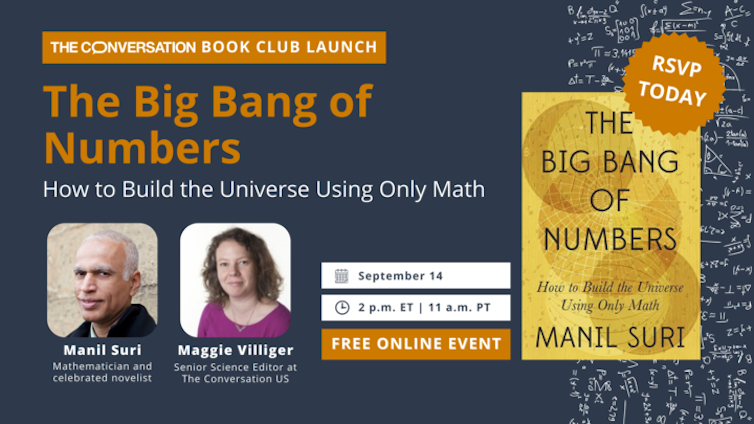|
Top headlines
Lead story
When people think of debilitating and disabling conditions, it’s often migraines, low back pain, severe depression or age-related cognitive issues that come to mind. Rarely is anemia mentioned. In fact, anemia is the third largest cause of disability worldwide and afflicts nearly 2 billion people, carrying with it a whole host of health issues.
Individual suffering cannot be summed up with numbers. But understanding who is suffering from a given disease in different regions of the world, and why, is key to working toward more effective treatments and solutions.
Drawing on data from a massive international effort called the Global Burden of Disease study, researchers from the University of Washington’s Institute for Health Metrics and Evaluation produced a fine-tuned estimate of anemia rates and their underlying causes from 1990 to now, across more than 200 countries and regions. They also broke these numbers down by sex and age, level of severity and years of disability from anemia, ultimately finding that 1 in 4 people worldwide suffer from the condition. Women, adolescent girls and young children – as well as people in sub-Saharan Africa and South Asia – bear a disproportionately large share of the burden.
[ Get our Understanding AI series – four emails delivered over the course of a week, with experts explaining this confusing topic. ]
|

Anemia symptoms include shortness of breath, dizziness and fatigue.
Peter Dazeley/The Image Bank via Getty Images
William Gardner, University of Washington; Nicholas Kassebaum, University of Washington; Theresa A McHugh, University of Washington
Among young children, adolescents and adult women, anemia strikes 1 in 3 globally. Most cases are driven by dietary iron deficiency, red blood cell disorders and untreated tropical diseases.
|
Politics + Society
|
-
Kateryna Shynkaruk, Texas A&M University
For President Zelenskyy and Ukraine’s citizens, the country’s quest for NATO and EU membership is about security – and identity.
-
Jordan Hyatt, Drexel University
The public’s right to know often gives way to concerns about privacy, public safety and protecting evidence.
|
|
Science + Technology
|
-
Bratin Sengupta, University at Buffalo; Miao Yu, University at Buffalo
Around half of US industrial energy use goes toward separating molecules in industrial processes. Developing materials that can withstand harsh industrial conditions can help increase efficiency.
|
|
Economy + Business
|
-
Tobias Dennerlein, Purdue University
An expert on employee motivation explains four challenges companies should address if they truly want to empower their workers.

Join the conversation with Manil Suri and The Conversation’s Senior Science + Technology Editor, Maggie Villiger, on September 14 at 2 p.m. Eastern/11 a.m. Pacific. Please register in advance to save your spot.
|
|
Arts + Culture
|
-
Drew M. Dalton, Dominican University
For Buffett, escapism was not merely some fiddling flight of fancy. It acknowledged the brutalities and indignities of everyday life.
|
|
International
|
-
Stephen Baffour Adjei; Mensah Adinkrah, Central Michigan University
Gender plays a major role in how mourning is done by the Akan ethnic group of Ghana
-
Ammar Azzouz, University of Oxford
Wars are no longer fought in the trenches, they’re fought in the streets and civilians are on the frontline.
|
|
The Conversation Quiz 🧠
|
-
Here’s the first question of this week’s edition:
Entresto, Januvia, Eliquis and Farxiga were recently revealed as the names of what?
- A. Mark Zuckerberg's new quadruplets
- B. The first four hurricanes of 2024
- C. The latest Teenage Mutant Ninja Turtles
- D. Drugs that Medicare will try to get cheaply
Test your knowledge
|
|